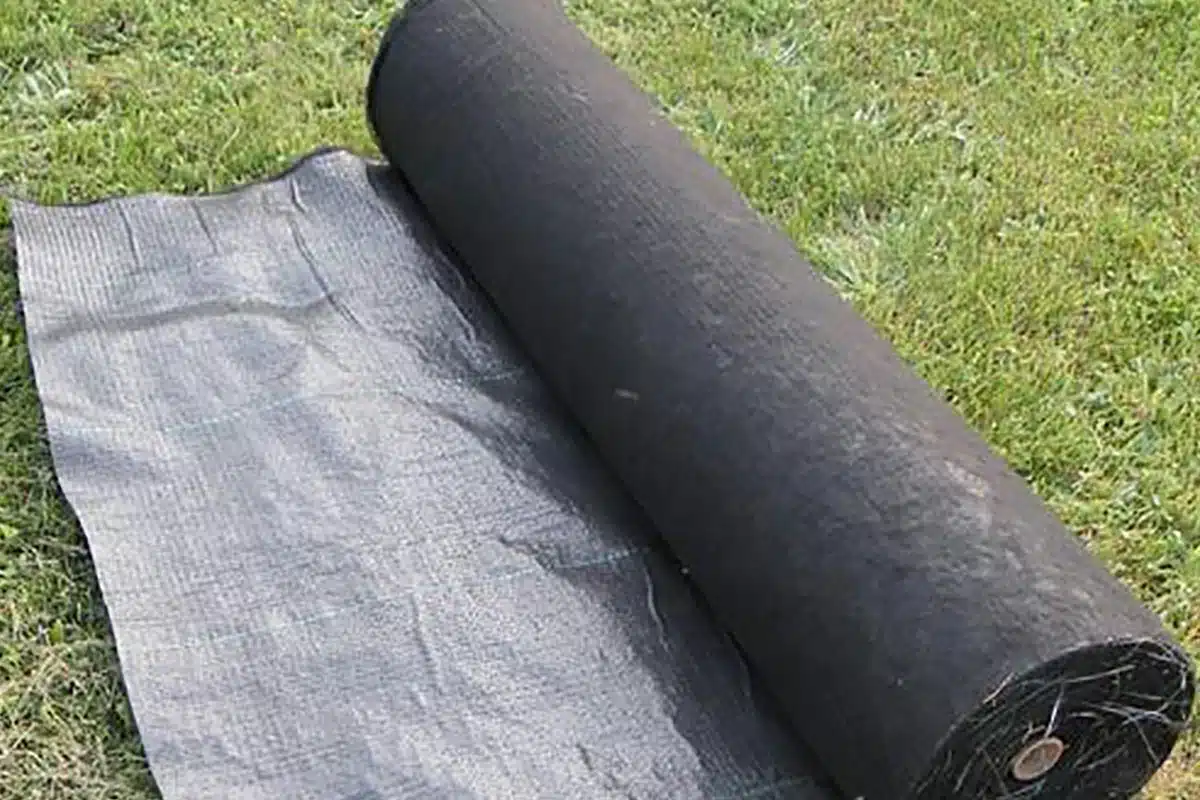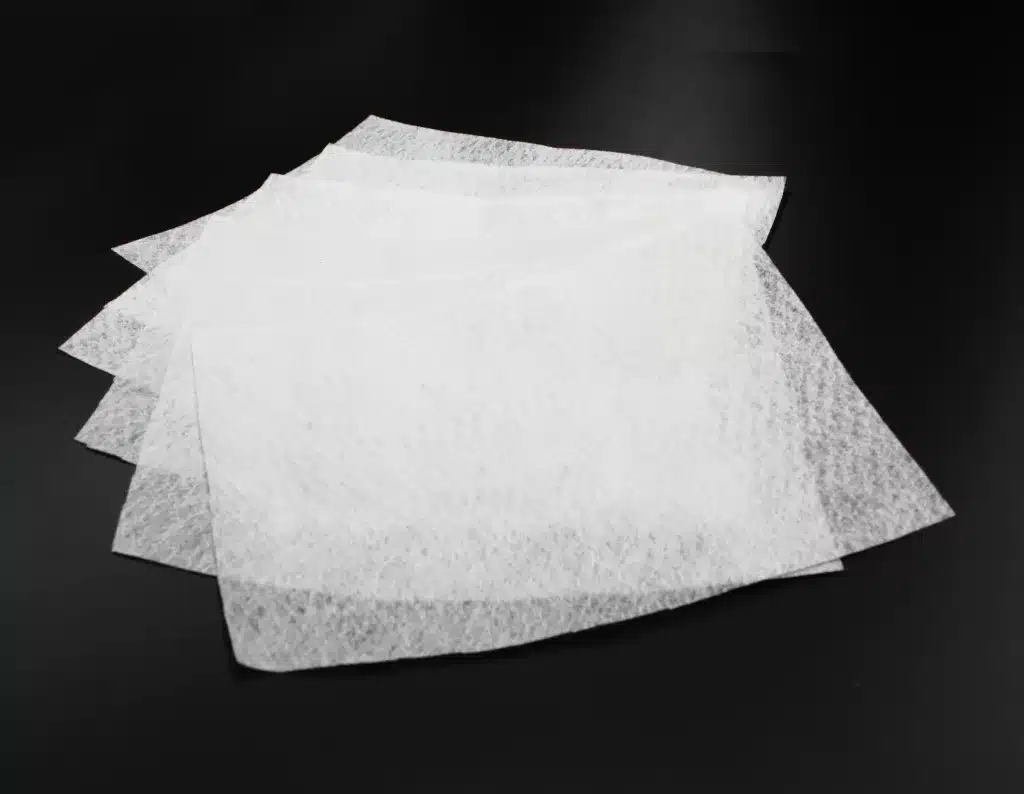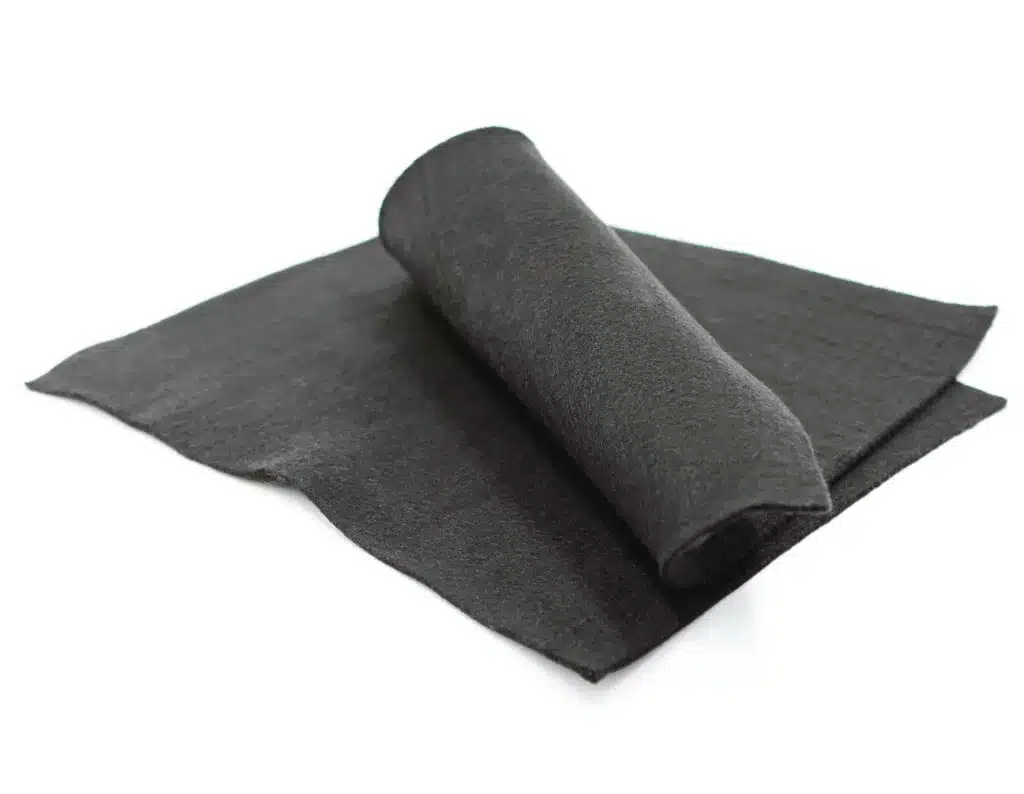+86-159 9860 6917
info@geofantex.com
geofantex@gmail.com
+86-400-8266163-44899
Selecting and installing landscape fabric is a crucial step in creating a healthy, low-maintenance garden or outdoor space. This material helps control weeds, improves soil stability, and enhances water retention, making your landscaping more durable and attractive. Accurately calculating the amount of fabric needed ensures full coverage, reduces waste, and improves project efficiency.
Step 1: Measure Your Area
- Measure Width and Length: Start by calculating the total width and length of the space to be covered.
- Divide into Sections: For areas with plants, uneven terrain, or obstacles, divide measurements into separate sections to ensure precise coverage.
- Account for Hills and Dips: Note any irregular terrain, as uneven surfaces require additional fabric to maintain coverage.

Step 2: Compare with Fabric Size
- Check Fabric Roll Sizes: Landscape fabrics are commonly sold in rolls of 3’, 4’, 6’, 8’, 12.5’, or 15’ widths.
- Determine Sheet Count: Divide the area width by fabric width to calculate the number of sheets needed.
- Overlap Sheets: Overlap fabric edges by 8 inches to prevent weeds from growing between rows.
Step 3: Inspect the Soil
- Level the Ground: Smooth uneven soil, break up clumps, and remove debris to minimize fabric use.
- Adjust for Obstacles: Measure carefully around existing plants or features, cutting fabric to fit as needed.
- Record Measurements: Draw a simple diagram of your area with fabric layout to ensure full coverage.
Step 4: Account for Extra Fabric
- Always Buy Extra: Purchase slightly more fabric than calculated to accommodate overlaps, cuts, and irregular terrain.
- Estimate Additional Needs: Extra fabric depends on the number of rows, project type, and roll width.
Additional Considerations for Landscape Fabric
Beyond measurements, several factors can influence the amount of fabric needed and its long-term effectiveness. Proper soil preparation is essential: leveling the ground reduces the fabric required and ensures close contact with the soil, while removing debris and clumps prevents gaps beneath the material. Securing the fabric correctly is equally important. Using staples keeps the fabric in place, especially in loose or uneven soil, and adding extra staples in dips or irregular areas ensures stability. Choosing high-quality fabric makes a noticeable difference, as professional-grade fabrics last longer and resist breakdown, reducing the need for frequent replacements. Finally, applying mulch over the fabric provides additional benefits—it protects the fabric from UV exposure, helps retain moisture, blocks weed growth, and can even compensate for minor overlaps or fabric shortages, ensuring continuous coverage and a healthier landscape.
By carefully measuring, selecting the right fabric, and preparing the soil, you can ensure your landscape fabric installation is efficient and long-lasting. Proper installation not only prevents weeds but also improves soil stability, retains moisture, and reduces maintenance needs, making your garden or outdoor space more sustainable and attractive.



Get Free Sample
We’ll respond as soon as possible(within 12 hours)






















